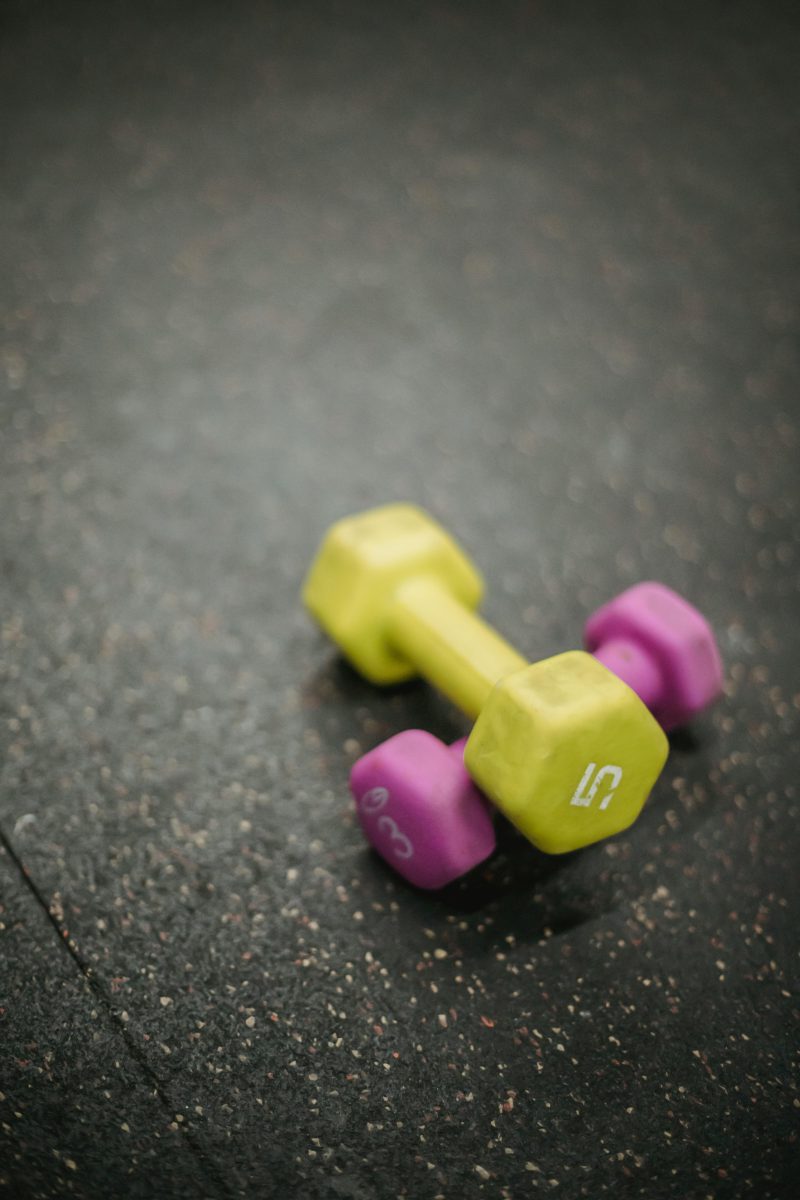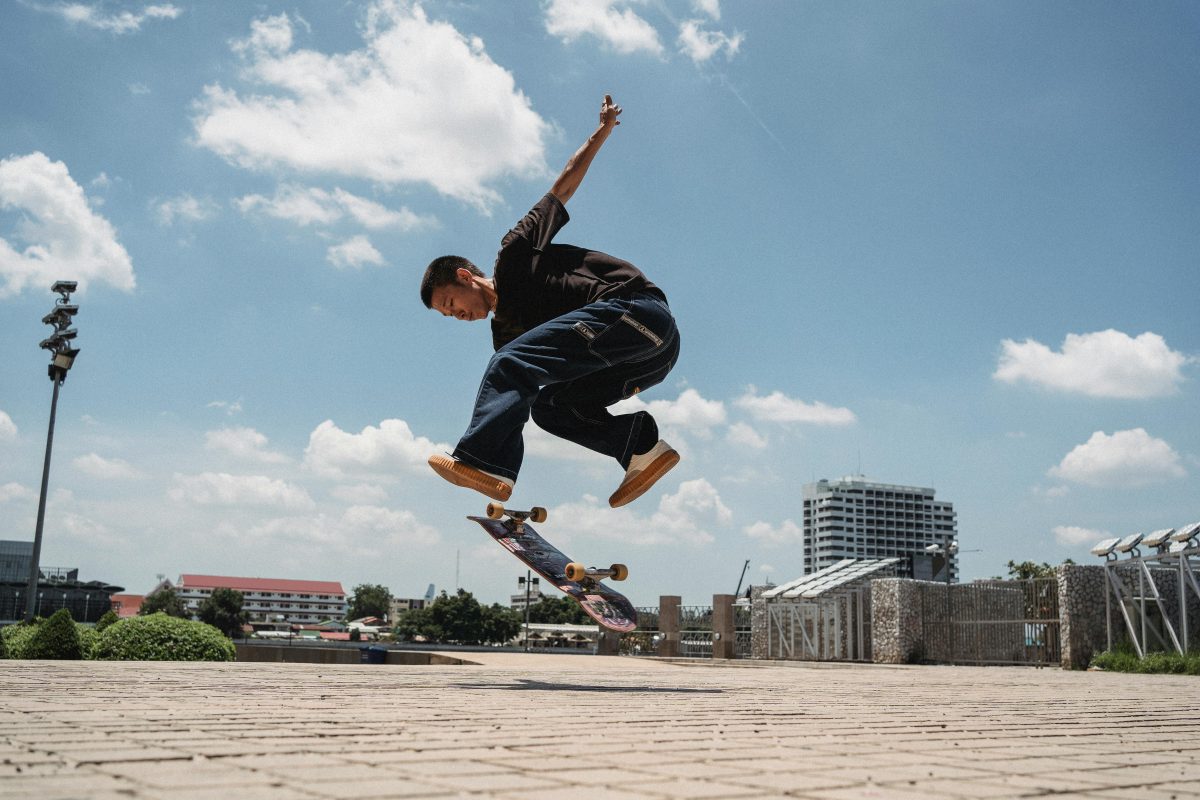Last Updated on: 14th July 2024, 09:28 am
Scaling Workouts for Different Fitness Levels

At the heart of personalized fitness lies the recognition of our unique physical journeys. Each individual’s path to wellness is distinct, marked by diverse abilities, goals, and challenges. This understanding forms the cornerstone of scaling workouts, a method designed to tailor exercise intensity and complexity to match varying fitness levels. The essence of scaling is not just about adjusting the difficulty; it’s about crafting a workout that feels custom-made, ensuring progress without discouragement.
- Recognizing the spectrum of fitness levels among individuals is crucial. From beginners taking their first steps into a healthier lifestyle to seasoned athletes pushing their limits, workouts must be adaptable.
- Adaptability ensures that everyone, regardless of their starting point, can engage in exercise that is both safe and effective.
- The ultimate goal of scaling workouts is to foster a sense of achievement and continuous improvement. By adjusting exercises to suit individual needs, participants can experience the thrill of progress with each session.
Assessing Individual Fitness Levels

Understanding each person’s fitness level is foundational to scaling workouts effectively. Methods for evaluating fitness encompass a range of assessments, from simple questionnaires about daily activity levels to comprehensive physical tests measuring strength, endurance, flexibility, and body composition.
- These assessments establish a baseline for tracking progress and help in identifying potential areas of risk.
- Adapting assessments for various populations is essential. Children, seniors, and those with chronic conditions or disabilities require modified evaluations that consider their unique needs and limitations.
Principles of Scaling Workouts
Scaling workouts is an art and science, ensuring that everyone, from novices to elite athletes, can safely and effectively reach their fitness goals.
- Adjusting intensity and volume is crucial for maintaining form and safety while challenging the body.
- Modifying exercises for skill and ability ensures inclusivity and fosters a sense of accomplishment.
- The importance of progression and regression cannot be overstated, allowing for continuous improvement without plateauing or regressing.
Scaling Workouts for Beginners
For those embarking on their fitness journey, the emphasis on form and technique cannot be overstated.
- Beginners should start with exercises that allow them to focus on their form, gradually increasing the intensity as their proficiency improves.
- Recommended exercises for beginners include bodyweight movements such as squats, push-ups, and lunges. These can be easily modified to suit varying fitness levels.
Adapting Workouts for Intermediate Fitness Levels
Intermediate fitness enthusiasts find themselves at a crucial juncture. The initial gains have been made, and now, the challenge is to push beyond the comfort zone without overstepping into injury. Balancing challenge and skill becomes paramount. It’s about fine-tuning the intensity to ensure that each workout is just beyond the current capability, encouraging the body to adapt and grow stronger.
Incorporating variety is essential to prevent plateaus. A mix of strength training, cardiovascular workouts, and flexibility exercises keeps the body guessing, promoting continuous improvement. This variety not only enhances physical fitness but also keeps motivation high, as new skills are learned and mastered.
Strategies for progression are the backbone of advancing through intermediate levels. Incremental increases in weight, intensity, and complexity of exercises ensure continuous growth. It’s a delicate balance—push too hard, and the risk of burnout or injury looms; too little, and stagnation sets in. Regular assessments help in fine-tuning these adjustments, ensuring that each step forward is both challenging and achievable.
By embracing these principles, intermediate fitness enthusiasts can navigate the path of progression with confidence. It’s about building on the foundation laid during the beginner phase and setting the stage for advanced training. The journey is as rewarding as the destination, filled with personal achievements and milestones that mark the evolution of one’s fitness journey.
Tailoring Workouts for Advanced Individuals
For the advanced, workouts are a finely tuned symphony of effort and recovery. Techniques and programming must be sophisticated, incorporating:
- Periodization and undulating intensity to challenge the body and stimulate adaptation.
- Complex lifts, plyometrics, and sport-specific drills to push performance boundaries.
Recovery is as critical as the workout itself. It’s a delicate dance between:
- Pushing the limits and allowing the body to heal.
- Strategies like active recovery, proper nutrition, and sleep are non-negotiable.
Overtraining is a lurking adversary, and it’s essential to listen to the body’s signals, adjusting training loads and incorporating rest days to prevent it.
Setting performance goals transforms hard work into tangible triumphs. Achieving these milestones requires:
- Mental fortitude and physical prowess, with each goal serving as a stepping stone to the next level of excellence.
By integrating these elements, advanced individuals can sculpt a workout regimen that is as challenging as it is rewarding. It’s about:
- Pushing the envelope of one’s abilities and redefining what’s possible.
- Maintaining the harmony between exertion and recuperation.
This is the path to peak performance, where every drop of sweat charts the course to new personal records.
Implementing a Scalable Workout Program
Creating a scalable workout program begins with a flexible template. This template serves as a foundation, adaptable to:
- Varying fitness levels and goals.
- Crafting a plan that can evolve, accommodating increased strength, endurance, and skill.
A well-designed template ensures that workouts remain challenging yet achievable, fostering continuous progress.
Monitoring progress is pivotal. Regular assessments allow for:
- The fine-tuning of workout intensity and complexity.
- This dynamic approach ensures that the program remains aligned with individual fitness journeys.
Adjustments are not just about ramping up the challenge; they’re also about scaling back when necessary to prevent injury and encourage recovery. It’s a balanced strategy that promotes sustainable growth.
Encouraging consistency and accountability is crucial. A scalable workout program thrives on:
- Regular engagement.
- Setting realistic goals and celebrating achievements fosters motivation.
- Incorporating accountability mechanisms, such as workout partners or tracking apps, helps maintain focus and dedication.
It’s about creating a supportive environment that motivates individuals to stick with their program, transforming effort into habit and ambition into achievement.
By implementing these strategies, a scalable workout program becomes more than just a set of exercises. It transforms into a personalized journey towards fitness, where progress is measured not just by the weights lifted or miles run, but by the consistency, adaptability, and resilience demonstrated along the way. It’s a comprehensive approach that caters to the evolving needs of individuals, ensuring that every step taken is a step towards a healthier, more active lifestyle.
In Closing
Scaling workouts is a journey towards personalized fitness. It celebrates the individual’s path, blending challenge with achievement. Through careful adaptation and assessment, each workout becomes a step towards greater health, tailored to one’s unique needs and goals. This approach not only enhances physical capabilities but also fosters a sense of community and support, encouraging every individual to pursue their best self. Let’s embrace this adaptable journey, recognizing our progress and the endless possibilities that lie ahead.
Orlando is a all round athlete from Australia, now resident in Germany. His sports of passion of American Football(Offensive line), weight training and indoor rock climbing where he uses his 195cm wing span to his advantage.


